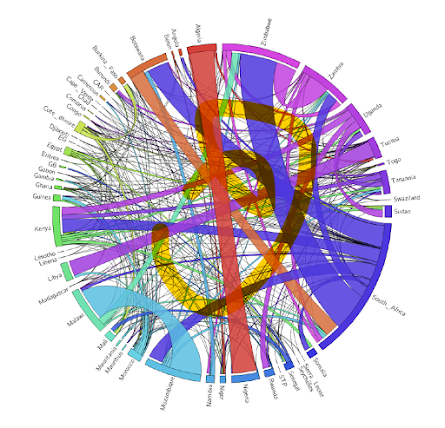Pulling the Plug: final thoughts and reflections
In writing this blog I have learnt about issues of water scarcity and food insecurity in Africa. Not only this, but I have also learnt about Africa’s deep-rooted, complex and place-specific colonial histories that act to complicate these contemporary issues, helping me to develop a critical understanding of the issues, and indeed towards many of the proposed development ‘interventions’. As well as these spatially specific historical nuances, I have learnt that the African continent is vastly heterogenous in its physical setting - from fossil aquifers under the Sahara Desert, to monsoonal climates in West Africa and the large variation in biomes across the continent. I have learnt that issues of water scarcity and food insecurity are often a result of a combination of both Africa’s heterogenous, and thus place-specific, physical and non-physical factors, whereby access to water, and thus food, is as much governed by Africa’s wide-ranging socioeconomic capacities as it is by freshwater
